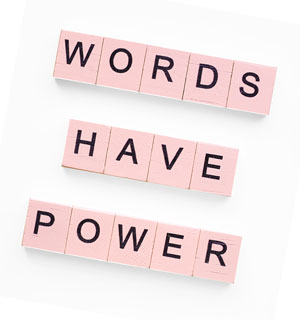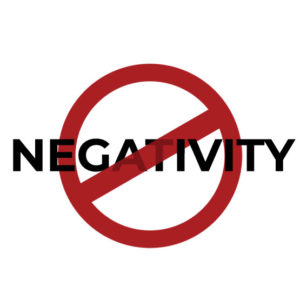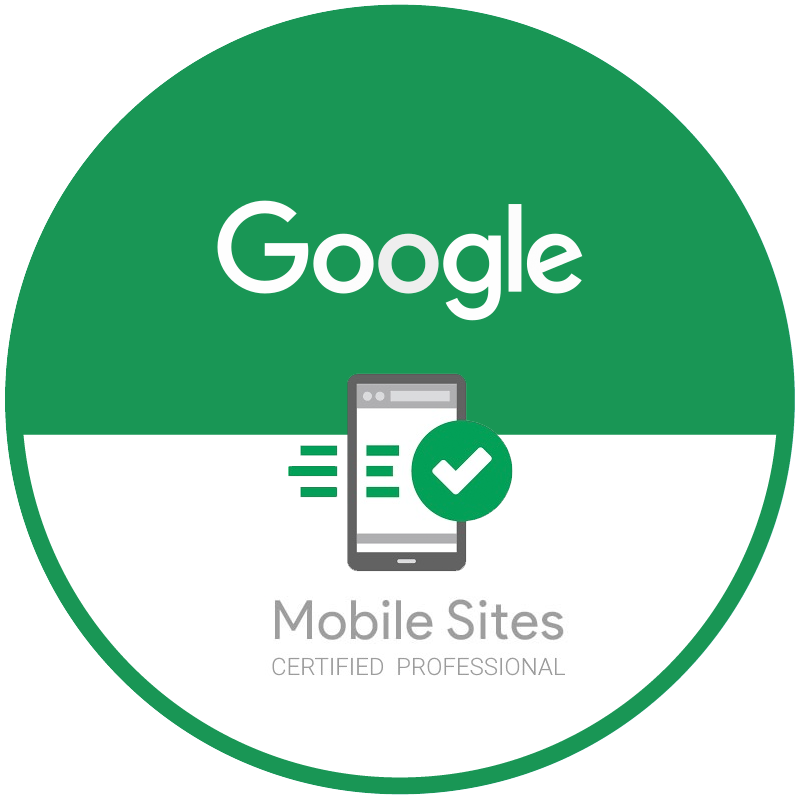![]() Jade Bradley| July 1, 2021
Jade Bradley| July 1, 2021
You’ve probably heard the expression, it’s not what you say, but how you say it.” What does it really mean?
 In marketing copy, the language you use says a lot more about you than just what is being conveyed in the text. No matter what your message is, your tone, word choice and emphasis can not only change how your message is received, but also change how your brand is perceived.
In marketing copy, the language you use says a lot more about you than just what is being conveyed in the text. No matter what your message is, your tone, word choice and emphasis can not only change how your message is received, but also change how your brand is perceived.
It is scientifically proven that people have a better reaction to more positive words and are naturally drawn to positivity. Positive language supports clear and productive communication, is constructive instead of confrontational and will increase the likelihood that your content will motivate the reader to take the next step of action.
Understanding tone
Let’s start by talking about tone.
An important and often overlooked aspect of writing, tone conveys our emotions, attitudes and intentions. Basically, it’s how you describe the emotional quality of writing.
Think about silver linings, half-full cups and always seeing the bright side of things. Putting an optimistic spin on what is normally negative or neutral can make a world of difference in the way you connect with your audience.

Removing negatives
One of the easiest ways to implement this in your writing is to replace negative words and phrases with positive choices. For example, instead of saying “don’t run,” say “please walk.” While these two statements have the same intended message, the latter comes across less aggressive and is more pleasant overall.
Removing negatives also tends to make sentences shorter and more to the point, which leads to clearer and more effective writing. Search for words like not, can’t, won’t and don’t and get rid of them! Instead, look for opportunities to use positive words, such as benefit, bonus, easy, effective, fun, free, save and, of course, please!
Constructive emphasis
Another way to make your writing more positive is to choose your emphasis.
When writing for marketing, you are often told to identify a problem your reader/potential customer has and explain why you, your service or your product will solve said problem. But how do you discuss something negative, such as a problem, with positive language? By choosing your emphasis!
Here’s an example:
Does your old run-down truck need replacing? vs Are you in the market for a new truck?
Both acknowledge that the reader needs a new vehicle, but the second doesn’t dwell on the negative aspect of it.
Here’s another:
Are you tired of pre-washing your dishes before they go in the dishwasher? vs
Treat yourself to a dishwasher that does the job right the first time!
The problem of a dishwasher that does not clean properly is present in both; however, in the second example, the problem is only indirectly touched-on and instead focuses on a solution.
Instead of emphasizing the issue or what can’t be done, chose to emphasize what can be done or offer a solution! Even if you’re writing about an inherently negative topic, framing it in a positive way or choosing to emphasize the good will make your message more powerful and attractive to your reader.
Positive language naturally tends to suggest solutions and alternatives whereas negative language does not. For instance, the previous example of “don’t run” strictly shuts down a behaviour versus “please walk,” which suggests a desired alternative. So, simply by using more positive language, you’re on the right track!
Final thoughts
Using positive vocabulary, an optimistic tone, and a constructive emphasis will not only improve the quality of your writing but present your message in a more rewarding and attractive way – and ultimately create a brand that your audience is much more likely to engage with!
Struggling to find the right words for your marketing?
Contact us!


